From the first home consoles to the explosion of the modern gaming market, accessories have always played an important role in the gaming experience. Whether to enhance player immersion, improve performance, or simply out of technological curiosity, these peripherals have marked generations and fueled the imagination of gamers. Some were true public successes; others, commercial failures. But all of them awakened the desire of every person who loved playing video games.
In this article, we’ll remember ten video game accessories that everyone wanted to have at home, even if many have never gotten close to one.
GameShark

Launched in the 90s, the GameShark was the equivalent of a "genie in a bottle" for games. Available on several platforms such as PlayStation, Nintendo 64 and Game Boy, it worked through codes that changed the internal parameters of the games. It was possible to have infinite lives, unlock secret stages, invincibility or even activate invisible modes never imagined.
More than a simple cheating device, the GameShark became a symbol of power among friends. Whoever owned one had access to secrets that few knew about. This transformed challenging games such as Resident Evil, Final Fantasy VII or Pokémon into a playground of discovery. Despite controversies about "fair play", the GameShark was one of the most coveted accessories of its time.
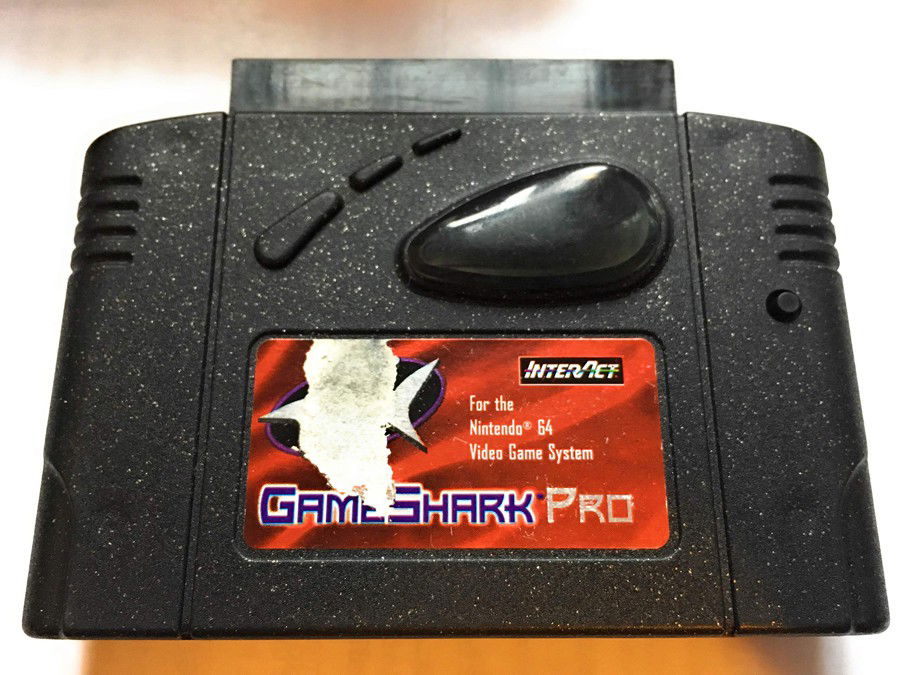
Super Game Boy
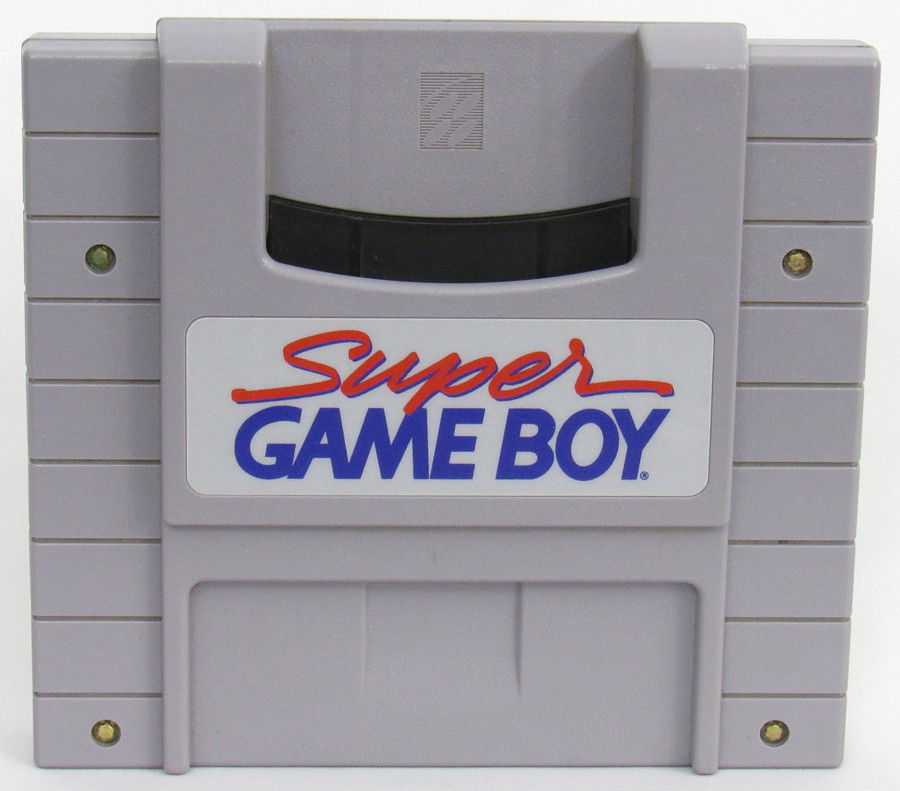
Released in 1994 for the Super Nintendo, the Super Game Boy was one of the most brilliant and popular accessories of the time. With it, it was possible to play Game Boy cartridges directly on the SNES, enjoying all the portable titles on the television screen with comfortable controls and even some graphical improvements.
In addition to simply running Game Boy games, the Super Game Boy allowed customized frames, color filters and even additional sounds in some optimized games. For those who had a collection of Game Boy cartridges, it was like giving them a new life.
All you had to do was insert the cartridge into the adapter and then into the console. The dream of watching Pokémon Red, Tetris or The Legend of Zelda: Link's Awakening on the TV screen was finally possible. And even better with SNES controls. An accessory desired by everyone who grew up with the two Nintendo systems.
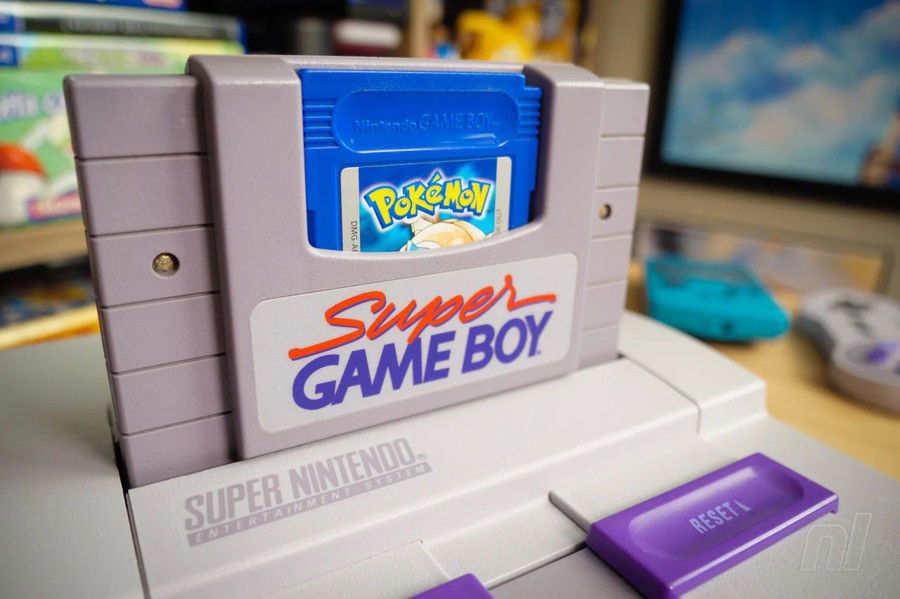
Light Phaser, Zapper and Others

Long before Call of Duty or Fortnite, the thrill of aiming and shooting was present in the 80s and 90s thanks to the Light Phaser (Master System) and Zapper (NES) pistols. These allowed players to point at the TV screen and shoot at digital targets.
Games like Duck Hunt, Wild Gunman and Safari Hunt became instant classics thanks to these accessories. The magic was in the light-detection technology, which read the position of the crosshair based on the pixels briefly displayed at the moment of firing. It was a simple but effective and incredibly immersive system.
Future generations also had these accessories, but none had as much impact as the two that started this dream.
Having one of these guns turned the living room into a home arcade. More than a controller, it was a bridge between the virtual and the real.
With the arrival of more modern video games, these accessories were forgotten, but they still have a special place in our memories.
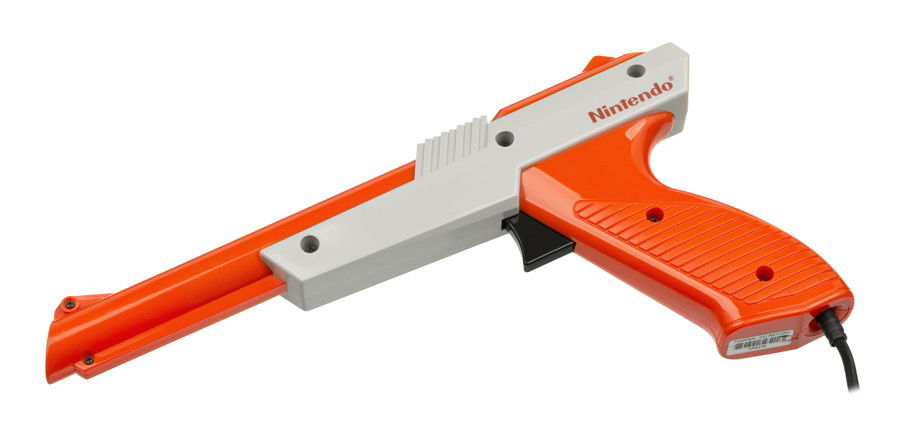
Dance Pads
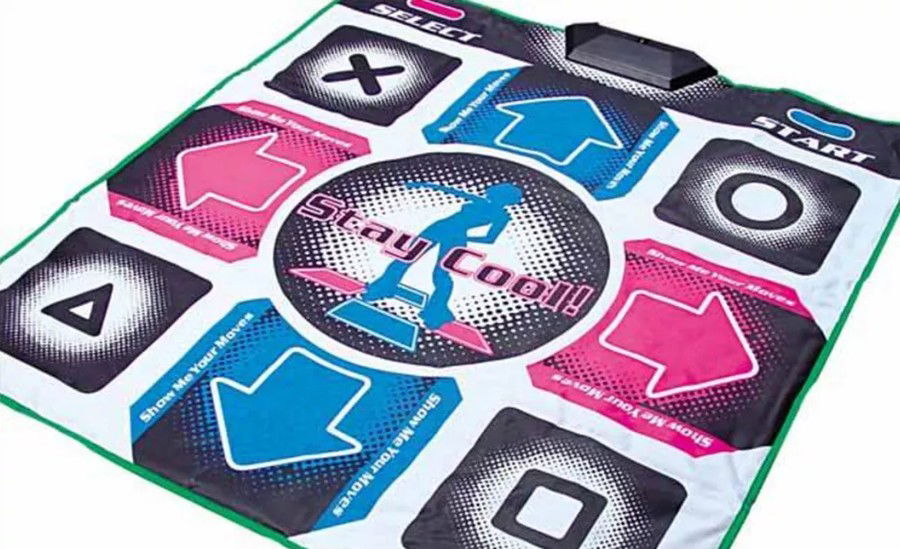
With the popularization of music games in the 2000s, especially those from the Dance Dance Revolution series, the iconic dance pads appeared. They came with directional arrows and were connected to the console so that the player could step in sync with the music.
The pad transformed the gaming experience into physical exercise and competitions to see who could dance the best. Playing Dance Dance Revolution (DDR) was an event among friends, especially at parties. Although cheaper versions had problems with response or would slide on the floor, the original pads were stable and very precise.
The rhythm game culture peaked during this period, and many players fondly remember (and with sore legs) the long sessions trying to hit the most difficult notes in "Heavy Mode".
Guitar Hero and Rock Band Instruments
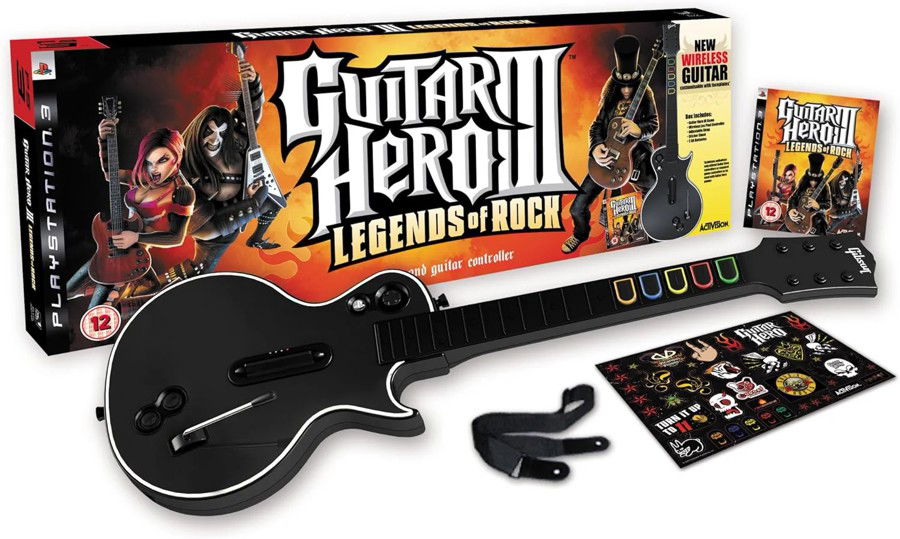
If you lived through the golden age of music games between 2005 and 2012, you probably dreamed of owning the legendary guitar from Guitar Hero or the complete drum kit from Rock Band. These accessories weren't just stylish controllers; they were performance instruments that could turn any room into a rock concert.
The guitar, with its design faithful to classic models like Fender or Gibson, had colored buttons on the neck and a strum lever. The drum kit came with sensitive pads and a kick drum pedal, requiring rhythm and coordination. Some kits even came with microphones for vocals, creating a true home band.
The experience was immersive, social and fun. Games like Guitar Hero III: Legends of Rock and Rock Band 2 dominated parties, get-togethers and even school events. The accessories helped an entire generation discover classic rock, punk, pop and metal. Whoever had the complete kit was the best friend in the group and had lines of friends asking to play.
Today, they’ve become collector's items. But the impact of such accessories is still felt, both in pop culture and in the memories of those who once felt like a real fake rockstar.

PSOne LCD Screen
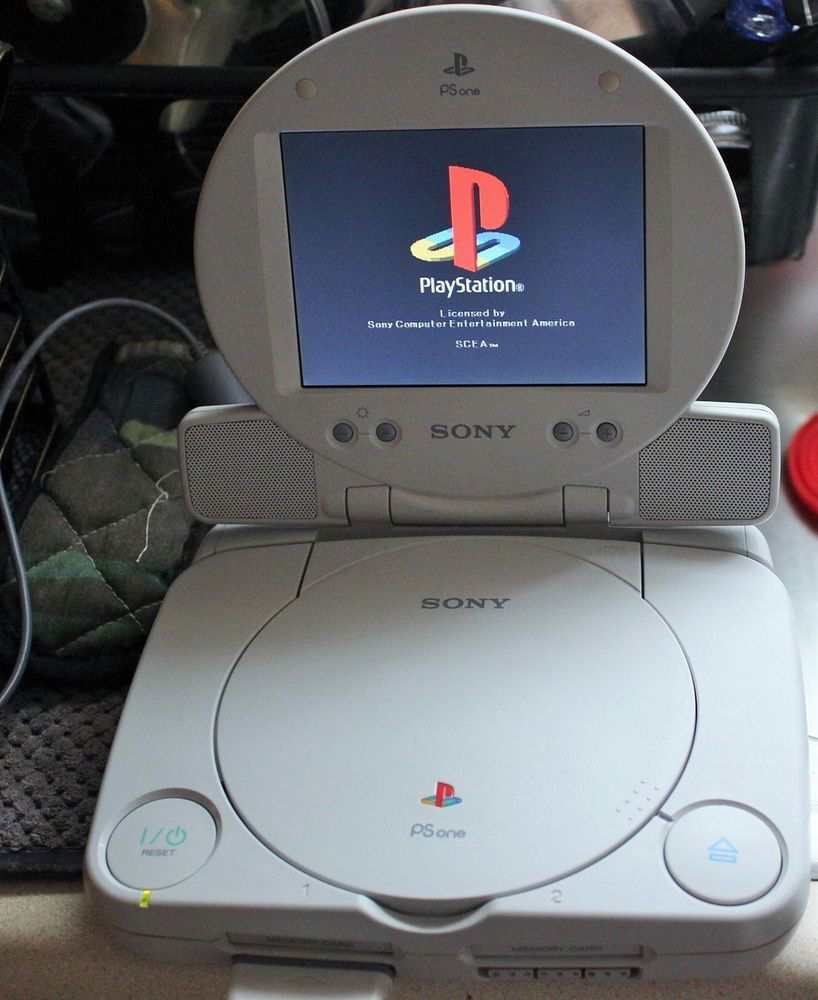
When the original PlayStation gained a compact version, the PSOne, Sony decided to innovate once again by creating an LCD screen that was attached to the console. This small folding screen turned the PSOne into a nearly portable system ideal for cars, travel, or small rooms.
Although the five-inch screen wasn’t the best, the idea was bold; the player simply had a complete gaming setup without having to rely on the TV. Many people took their PSOne to meetings, camping trips, or looked forward to long trips just to use the little screen in the car.
The PSOne LCD screen became a symbol of practicality and style, even though it wasn’t very accessible for most gamers at the time.
Game Boy Printer and Camera
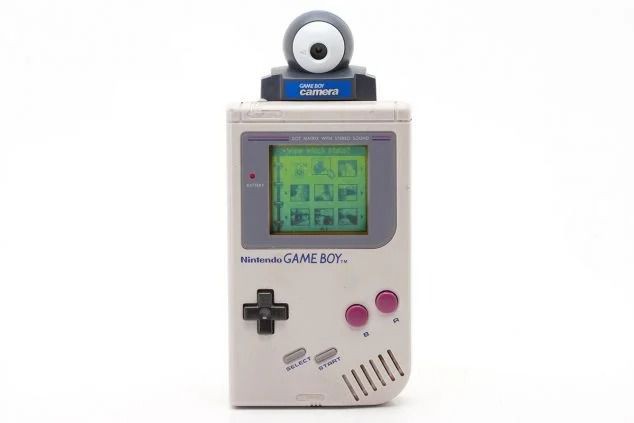
Long before camera phones or social media, Nintendo released two quirky accessories: the Game Boy Camera and the Game Boy Printer. With them, players could take selfies (in pixelated black and white) and print the images on adhesive thermal paper.
The camera came with minigames and simple filters, allowing players to make rudimentary collages or memes. The printer, on the other hand, used a roll of paper similar to the ones used in ATMs to generate sticky "photos."
It was a concept that was completely ahead of its time. Not only did it showcase Nintendo's inventive spirit, but it also introduced an entire generation to the world of digital photography, even if in a primitive, but still charming way.

Power Glove
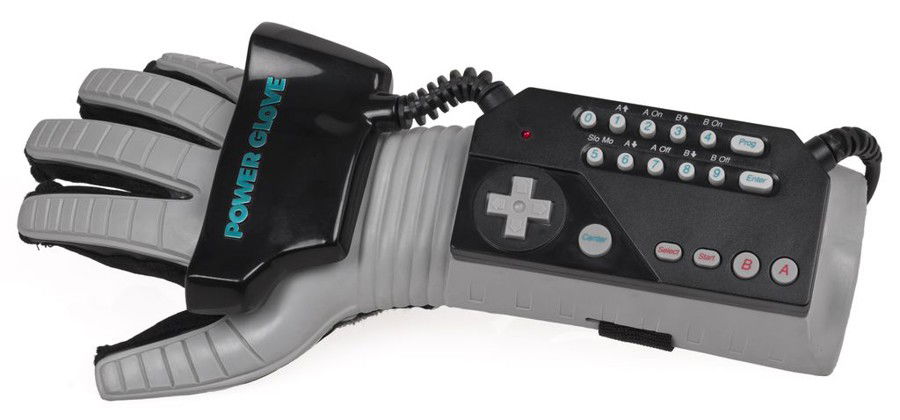
The Power Glove is perhaps the most famous and most ill-fated accessory ever released for the NES. Sold as a revolutionary way to play using hand movements, the accessory was a futuristic glove with sensors and buttons attached.
It was immortalized in pop culture by the movie The Wizard (1989), in which the character says the iconic phrase: “I love the Power Glove. It's so bad.” Unfortunately, the phrase captured the truth: the Power Glove was a technical disaster. The controls were imprecise, the installation was complicated, and few games really took advantage of it.
But the cyberpunk look and bold concept made it a symbol of innovation and desire. Those who had it mightn’t be able to play well, but they certainly impressed everyone around them.
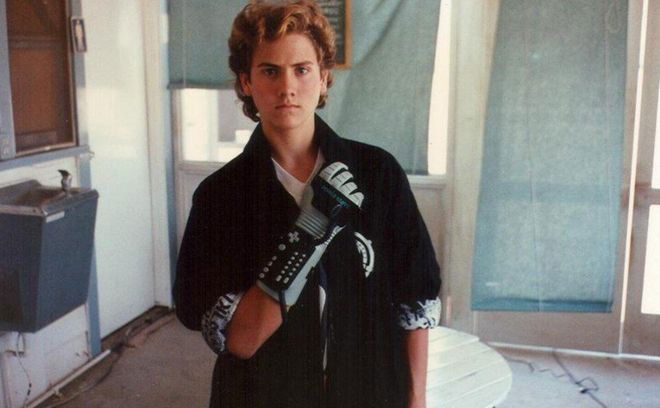
Skateboard for Tony Hawk Ride

In 2009, Activision attempted to reinvent skateboarding games with Tony Hawk: Ride, which featured a motion-sensitive skateboard. The idea was to ditch the traditional controller and have players stand up, simulating real-world tricks.
In theory, it was brilliant. In practice, the board was unstable, difficult to calibrate, and made gameplay frustrating. Still, for fans of Tony Hawk's Pro Skater, the concept was a dream: being able to experience skateboarding within the game.
The commercial failure didn't erase the desire many had to try the board. And even today, it remains an ambitious symbol of what gaming could be beyond traditional controllers.
Kinect
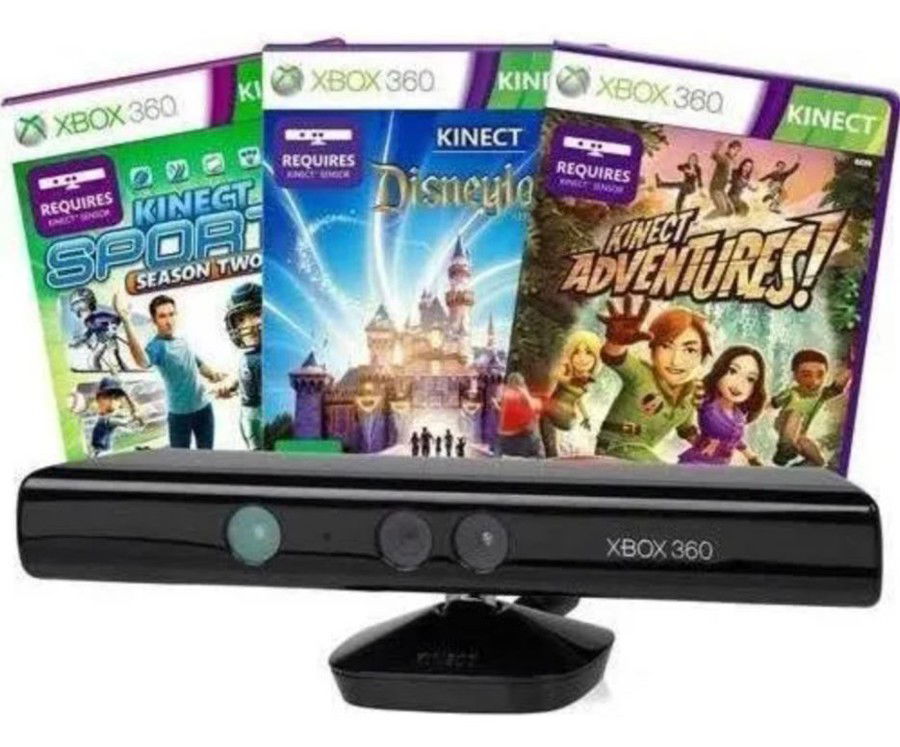
Launched in 2010 for the Xbox 360, the Kinect promised to revolutionize video games with its camera and sensor system that captured entire body movements without the need for physical control.
The accessory has had huge initial success, especially with games like Kinect Sports, Just Dance and Dance Central. It was also used in educational programs, artistic experiences, and even therapy.
Despite its decline in the following years, caused by lack of game support and accuracy issues, the Kinect was an important step in the evolution of human-machine interaction. Its legacy can be seen today in augmented reality and gesture-sensing technologies on smartphones.
Conclusion
These accessories represent an era where creativity was limitless, even though technology still had its limitations. Some were commercial failures, others revolutionized the way we play. But all of them fueled the imagination of a generation of gamers.
They show that video games have always been more than just pressing buttons; they’re sensory and social experiences. And sometimes, a simple accessory could completely transform the way we connected with this universe.
If you had any of these items, you probably have unforgettable memories. If you didn't, you probably still dream about that Guitar Hero guitar or that worn-out dance mat hidden in some magical closet from your childhood.
There are many other accessories that have marked generations. Do you remember any? Write here in the comments so I can remember them too.














— Comments 0
, Reactions 1
Be the first to comment